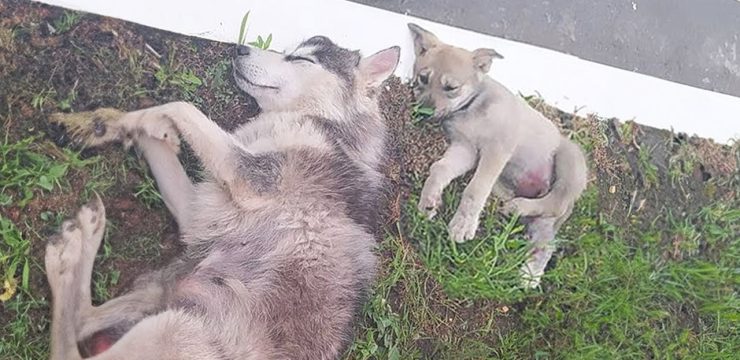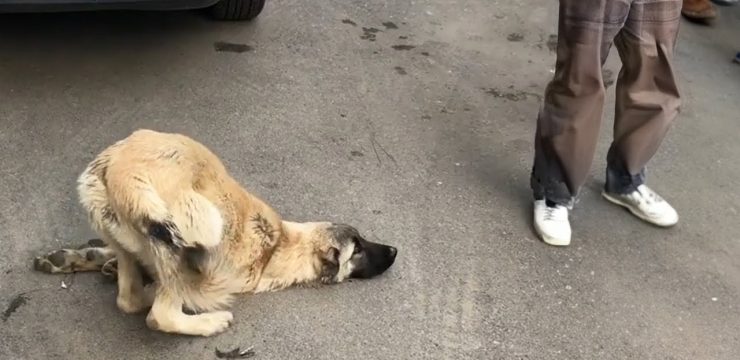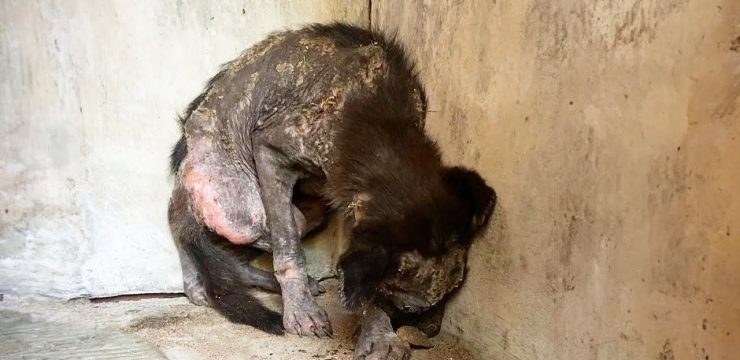A forensic team has officially begun excavating the site of a former mother and baby home in Tuam, Ireland, in a somber mission to recover the remains of nearly 800 infants and young children. This deeply emotional and historic operation follows revelations that hundreds of children perished at the institution between 1925 and 1961. The home, which has been closed for more than six decades, is now the focus of a long-awaited excavation effort that many believe is decades overdue.

The mother and baby home, once operated by the Bon Secours order of Catholic nuns, was one of many such institutions across Ireland where unmarried pregnant women were sent to deliver their babies. These facilities were often shrouded in secrecy and shame, serving as both maternity homes and adoption centers, and their legacy remains one of the most painful chapters in Ireland’s modern history.
Catherine Corless, a local historian from County Galway, is the woman who brought the Tuam case to public attention. Her painstaking research unearthed the names of 798 children who died at the Tuam home, many of whom were never properly buried. Corless discovered that most of these children were laid to rest without coffins, gravestones, or official records—some even in a disused septic tank, now referred to as “the pit.” Her work has triggered not only national reflection but also international outrage.
On June 16, crews began sealing off the grounds in preparation for full excavation work. The site is believed to contain a mass grave beneath what is now a remembrance garden and a former playground. The effort to uncover the remains is expected to be lengthy and meticulous, with the goal of providing dignity, closure, and possibly identification for some of the lost children.
“It’s heartbreaking,” Corless told Agence France-Presse. “There are so many babies, children just discarded here.” Her words echo the grief of generations of families who never knew what became of their lost siblings, cousins, or children.
Corless first made her findings public in 2014, though the mystery of the Tuam site dates back further to 1975, when two young boys reportedly stumbled upon the septic tank filled with bones. However, for years the tragedy remained hidden in plain sight—ignored, denied, or dismissed until the weight of Corless’s research and public pressure could no longer be silenced.
As excavators prepare to exhume what lies beneath the soil, the pain of the past resurfaces. Just two of the 798 children are known to have been buried in an official cemetery. The rest, it seems, were buried in secret, stripped of their identities and the dignity of a proper farewell. The remains found in early test excavations in 2016 and 2017 confirmed the presence of a mass grave in a sewage tank, containing babies ranging from just over 30 weeks in gestational age to toddlers around three years old.
The Tuam home is far from an isolated case. In fact, Ireland had at least ten mother and baby homes throughout the 20th century, taking in an estimated 35,000 unmarried mothers. These women, often teenagers or young adults, were sent to these institutions in secrecy, hidden from society’s judgment. In many cases, they were forced to give up their children for adoption. The trauma of separation left permanent emotional scars on both mothers and children.
A 2021 government investigation shed light on the magnitude of the suffering. The commission’s report revealed an “appalling level of infant mortality,” stating that approximately 9,000 children had died in just 18 institutions across Ireland. The findings painted a disturbing picture of neglect, abuse, and institutional cruelty, much of it sanctioned or ignored by both the state and religious authorities.
The Sisters of Bon Secours, who ran the Tuam home, have since issued a statement offering their “profound apologies” for the suffering caused. But for many, including Corless, apologies are not enough. “I never, ever understand how they could do that to little babies, little toddlers,” she said in an interview with Sky News. “Beautiful little vulnerable children.”
Corless’s work led to an Irish state commission of inquiry and eventually to the current excavation. The process of uncovering and identifying remains is expected to be complex and painful, yet it is a necessary step toward justice. For families seeking the truth and for a nation grappling with its past, the Tuam excavation represents more than just the recovery of bones—it is a reckoning with how society once treated its most vulnerable.
“I’m feeling very relieved,” Corless said as the work began. “It’s been a long, long journey. Not knowing what’s going to happen, if it’s just going to fall apart or if it’s really going to happen.” Her decades of persistence have given a voice to the voiceless and ensured that the lives of those lost children will not be forgotten.
The Tuam case has become a symbol of a broader reckoning in Ireland, a country that is still grappling with the legacy of institutional abuse and the role of the church and state in it. The hope now is that this excavation will not only provide closure for affected families but also serve as a national moment of reflection and change—an acknowledgment that every child, no matter the circumstances of their birth, deserves dignity, love, and remembrance.





